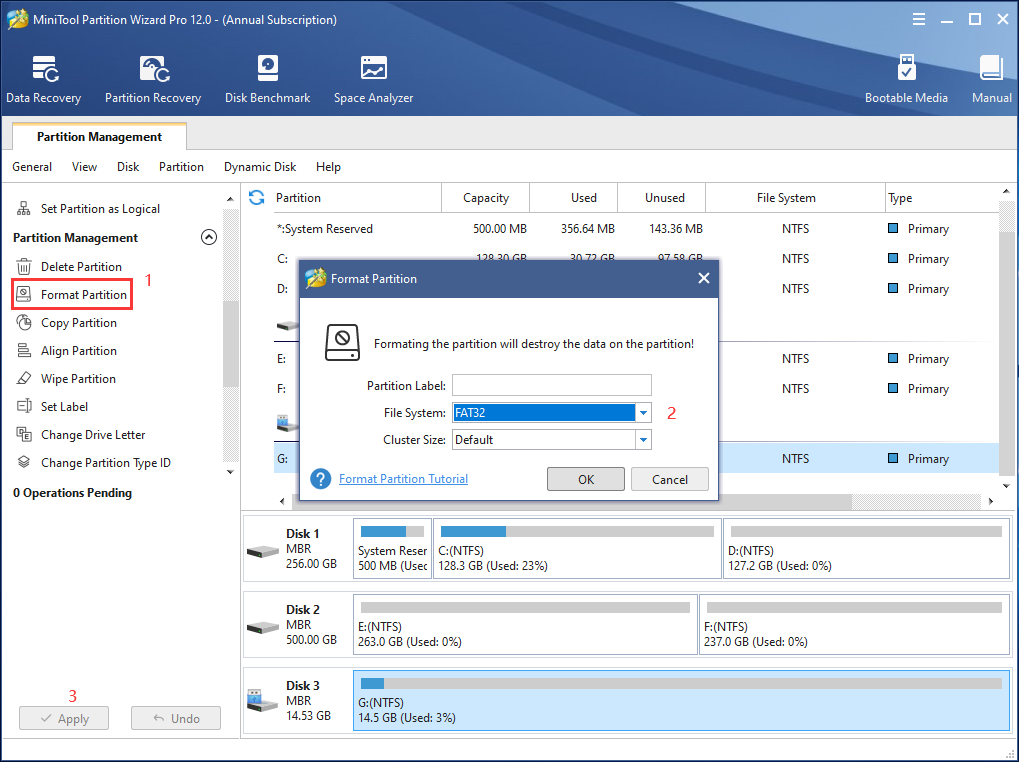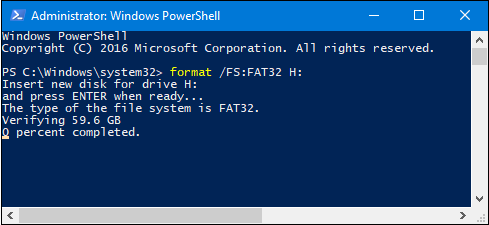
Other supported operating systems include Mac OS X 10.3 and later (read-only), Linux kernel after version 2.6, Linux kernel versions 2.2-2.4 (read-only), Open BSD (read-only), etc. Compatibility: FAT32 on non-PC systems like Intelligent TVs, printers, and projectors or portable devices such as digital cameras and USB is widely used for FAT32’s feature of good compatibility.As it debuts some practical functions which are not supported on FAT32, NTFS is becoming more popular and common.

Compared with FAT32, NTFS(New Technology File System)is more modern for nowadays Windows operating systems. The system is used for data storing and retrieving, so it is also generally used for USB, SD cards, and others. (However, there's a command-line method and a third-party app to format drives larger than 32 GB in FAT32 format.FAT (File Allocation Table) 32 is a file system that boasts broad compatibility.


Also, the built-in graphical formatting options on Windows only let you format your drives in FAT32 if they're 32 GB or less in storage capacity. You can't store an individual file larger than 4 GB on a FAT32-formatted drive. While there are pros to using the FAT32 format, a few cons exist as well. You can't do that with an NTFS-formatted drive. Nearly all the devices support FAT32.Ī good example here is that you can add data to your drive from your Mac machine if your drive was formatted in FAT32. The most common one is that your drive will work with many more devices than if it was formatted in another file format, say NTFS. There are many reasons to format your drive in FAT32 format. Should You Format Your USB Flash Drive With FAT32?

Make sure you've backed up your important files before proceeding to reformatting your drive. Formatting your drive with any file system erases all the data stored on the drive.


 0 kommentar(er)
0 kommentar(er)
